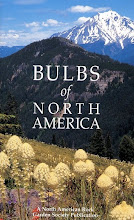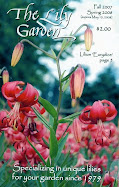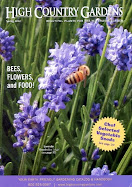High Point Natural Drainage System February 2013. Storm water is stored in this large, permanent pond before it empties into Longfellow Creek.
High Point Natural Drainage System February 2013. A cut in the curb allows water from the street to flow into a swale.
High Point Natural Drainage System February 2013. Nearly all the parking strips at High Point have been built as swales.
High Point Natural Drainage System February 2013. A small temporary retention pond.
High Point Natural Drainage System February 2013. A drain at the bottom of a swale.
Because of its size & relationship to Longfellow Creek, the
redevelopment of High Point in West Seattle offered
Seattle Public Utilities an opportunity to contruct a large natural drainage system, the largest built by the City of Seattle & the first natural
drainage system of this scale used in a high-density Seattle neighborhood. Designed in partnership with the Seattle Housing Authority, the system treats about 10 percent of the watershed feeding
Longfellow Creek, which flows into the Duwamish River, then Puget Sound. The natural drainage system mimics nature
by using swales to capture & naturally filter storm
water. Landscaped ponds hold the overflow. All 34 blocks of the High Point community are part of this
system. In addition, porous surfaces make up a significant part of the sidewalks & parking spaces.
High Point was originally developed during World War II to provide government housing. It remained a district of predominantly low-income housing through the 1990s. In 2003, the Seattle Housing Authority
began work on the first phase of a 6-year project to redevelop High
Point into a mixed-income community. All
existing housing, roads & utilities were replaced. High Point now has approximately 1,600 housing
units, about half of them low-income rentals owned by the Seattle Housing Authority. The
other half are single family homes, condominiums & town
homes sold to private owners.
The need to improve the water quality of Longfellow Creek drove the plan to connect High Point with the surrounding environment. The City of Seattle is required by the US Environmental Protection Agency to dramatically cut sewage overflows by 2025. Natural drainage systems are an effective method for curbing storm water, which can trigger overflows of raw sewage. The swales & temporary retention ponds (also known as rain gardens) are
planted with red-twig dogwood, evergreen huckleberry, sword fern, grasses, sedges & other plants. Rainwater soaks into the
ground rather than flowing into the (unfortunately combined) storm water & sewer system. Oil, pesticides & other pollutants are
filtered out to decompose & be consumed by micro-organisms in the soil. Not long after a heavy rainfall, swales & shallow ponds are mostly empty of water. Before flowing on to Longfellow Creek, water is stored in a large pond, often used by migratory waterfowl, located at the lower edge of the development. Following the path of the water through High Point is a pleasant & interesting walk.













































































































